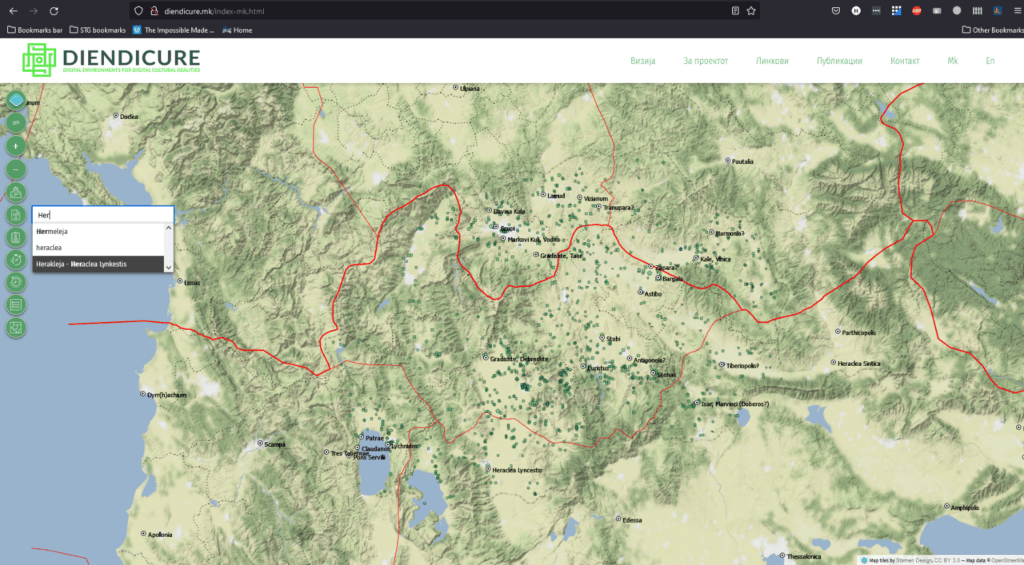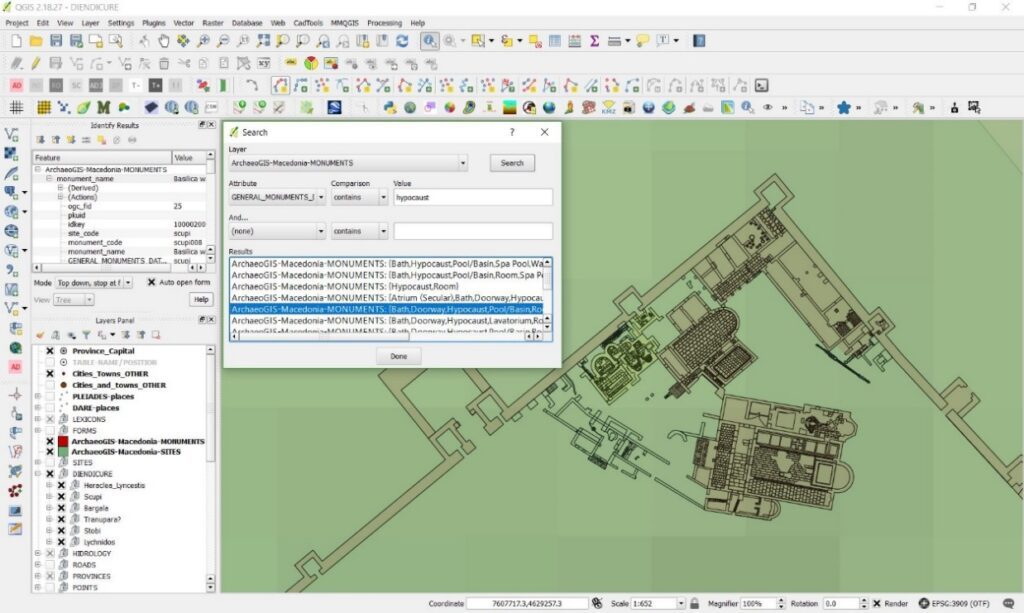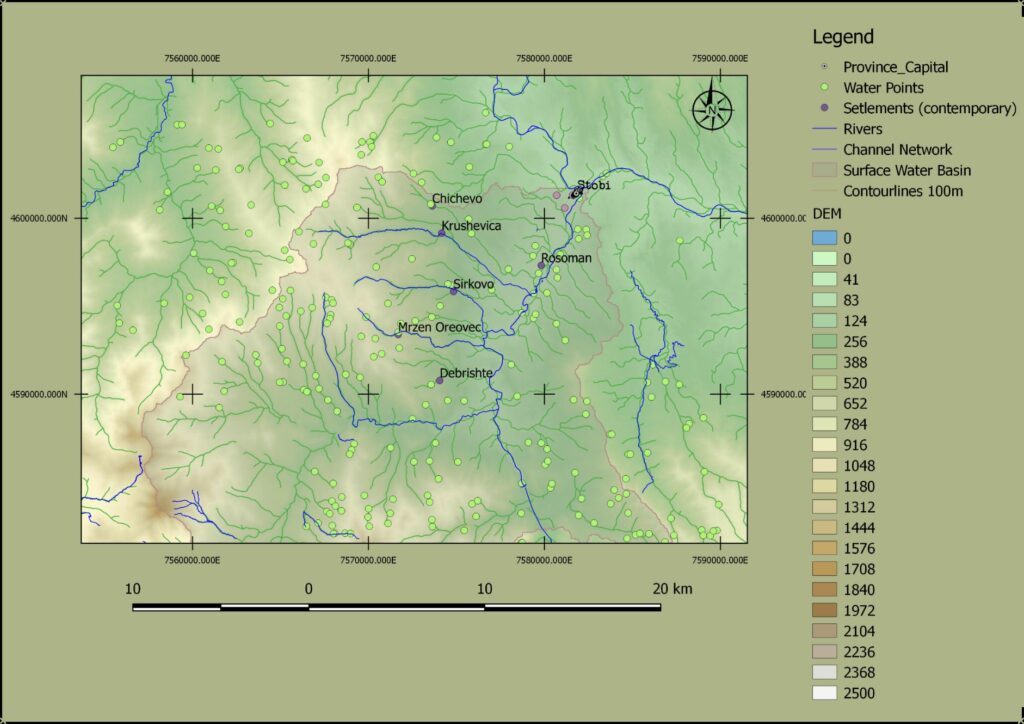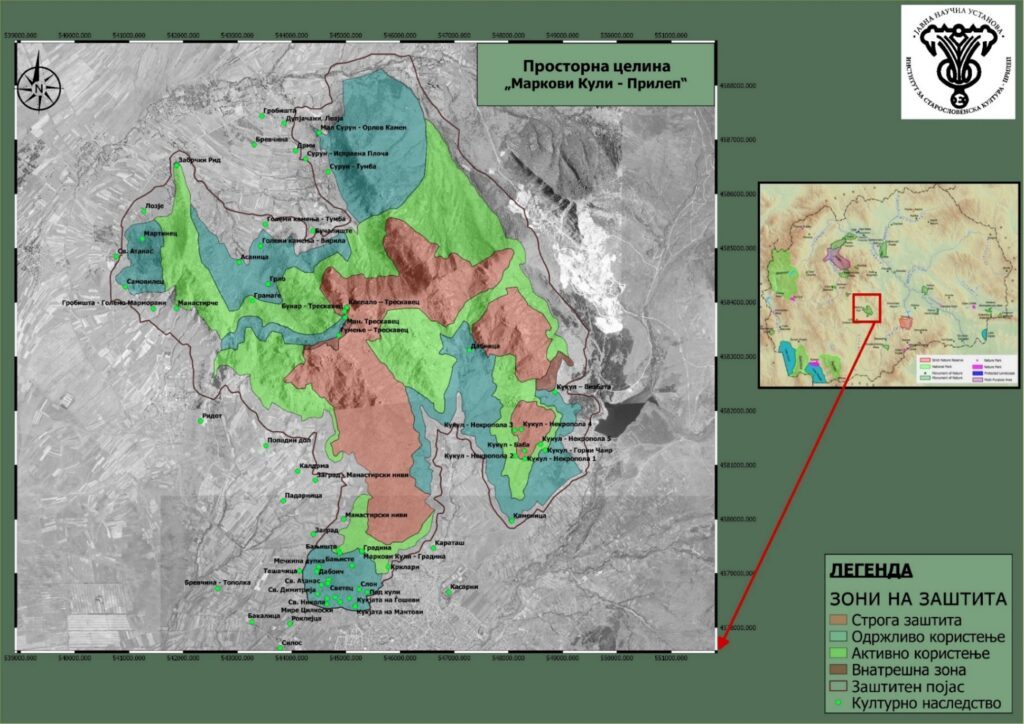
Bridging Past and Future: Digital Archaeology at the RGK
by Sina-Marie Hahn
Dr. Hristijan Talevski, Senior Research Associate at the Public Research Institution Institute of Old Slavic Culture – Prilep, North Macedonia, is one of three grant holders conducting research at the Romano-Germanic Commission (RGK) of the German Archaeological Institute from 1st September to 30th November 2025.
He specializes in building and landscape archaeology, digital documentation, combining fieldwork experience with advanced computer-based techniques, including GIS, image-based modeling (IBM), LiDAR classification, statistical analysis in R and digital tools for mapping of archaeological reasoning.

His work builds on earlier collaborations with the RGK, beginning in 2011, and subsequent development of a GIS-based system to support cultural heritage research and management in North Macedonia. During his stay, Talevski continues his activities by advancing the digital framework he and his team have built to store and visualize archaeological data from Roman sites in the Skopje valley and North Pelagonia. This framework provides a comprehensive digital infrastructure that enables researchers to locate settlements, resources, and landscape features, and to access relevant historical information for each site.


The long-term goal of Talevski is to create a digital infrastructure that systematically organizes archaeological data and information, ensuring confidence evaluation through transparent, standardized procedures. His approach relies on open-access tools and reproducible workflows that ensure data reliability, relevance, traceability, and long-term accessibility. By integrating existing and emerging digital resources, this system will facilitate collaborative analysis and future investigations into Roman urbanism, settlement organization, and human-environment interactions.


The RGK provides an ideal environment for this work. Talevski highlights the combination of state-of-the-art equipment, expert guidance, and an international academic community, which enables critical feedback, methodological exchange, and future collaborations within the DAI network.
Talevski’s research highlights the enduring relevance of archaeology for understanding and addressing contemporary challenges. By analyzing environmental and ecological factors that shaped Roman settlement patterns, he explores how ancient communities adapted to climate change, resource scarcity, and landscape transformation. These insights, he argues, can inform present-day strategies for resilience, sustainability, and development. His interdisciplinary approach, which integrates methods from the natural and social sciences and digital technologies, provides a comprehensive framework for reconstructing human behavior and response within specific socio-ecological systems. At the same time, Talevski emphasizes the importance of communicating archaeological knowledge to the public, arguing that it fosters critical thinking, scientific literacy, and a more profound awareness of human interactions with the environment.

The RGK, with its technical, intellectual, and collaborative resources, offers a unique setting for advancing digital and interdisciplinary archaeology, enabling the preservation of the past while contributing to understanding the challenges of the present.
More information about Dr. Hristijan Talevski and his activities can be found on the Digital Environments for Digital Cultural Realities Web-GIS platform, the official website of the Monument of Nature Markovi Kuli – Prilep, Academia.edu and ORCID.
